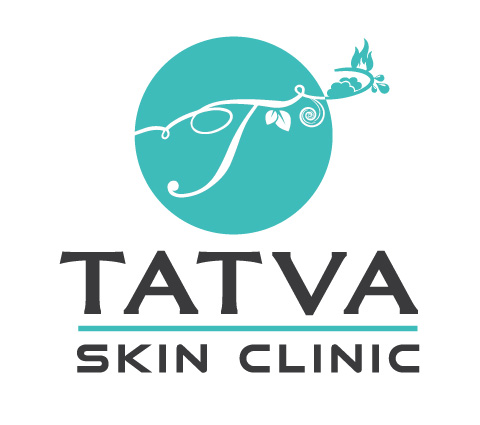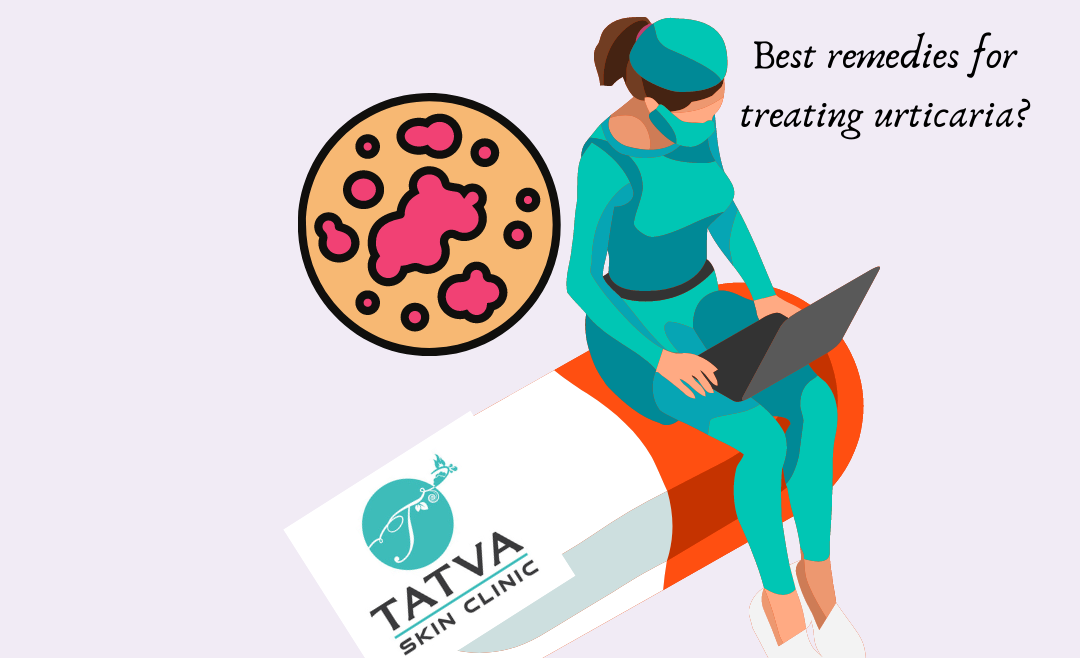Wheals or hives are intensely itchy bumps seen in patients with urticaria. Hives may be associated with angioedema wherein there is swelling of eyelids, ears, lips and genitalia and sometimes can be life threatening when there is involvement of tongue and throat tissue.
Urticaria can be both acute and chronic.

How do hives look?
They are usually pink to red in colour and appear as bumps/welts on skin. Deeper swelling of skin and mucosa leads to angioedema.
What triggers urticaria/hives?
Acute urticaria can be triggered by
-certain foods such as nuts, seafood, food additives and preservatives, milk, egg and such
-medication such as antibiotics and pain killers
-infections like urinary tract infection or a dental infection
-air borne dust, dander.
Acute urticaria is self limiting and can be treated effectively by eliminating the trigger and with anti histamine medication.
Urticaria lasting for more than six weeks duration is called chronic urticaria and in most cases no cause can be established hence the name chronic idiopathic urticaria (almost over 80% of chronic urticaria is chronic idiopathic or chronic spontaneous urticaria).
Chronic urticaria, in some may be due to underlying autoimmune conditions and chronic infections such as H.pylori (which is a bacterium seen in patients with chronic gastritis), chronic vaginal infections, dental infections and parasitic infestations.

How long do hives last?
In most cases hives do resolve within 24 hours(one exception being urticarial vasculitis) and they keep appearing in crops.
How can we confirm that one has urticaria?
Urticaria is diagnosed clinically. Investigations are advised to look for any underlying cause in chronic urticaria patients who do not respond well to conventional treatment protocols.
Best remedies for treating urticaria?
Oral anti histamines are the first line medication for treating urticaria. Sedating and non sedating (highly preferred) anti histamines are prescribed. When associated with angioedema, oral steroids are lifesaving to tide over the crisis.
In case of autoimmune chronic spontaneous urticaria non responsive to anti histamines, immune suppressants such as cyclosporine, methotrexate are prescribed. Omalizumab is a monoclonal antibody which is used in cases of refractory chronic idiopathic or chronic spontaneous urticaria.
Any creams to treat hives?

Topical soothing agents like calamine are used to get some relief from itch. Some topical formulations containing anti histamines are available which help.
What is contact urticaria?
Upon contact with some foods, fragrances, cosmetic products few people develop short lived hives/wheals which usually disappear within an hour. Avoiding the triggering agent is the main stay of treatment in them.
What are physical urticarias?
Heat, pressure, cold, sweating, exercise can cause urticaria/hives. A detailed history as to how the hives start, the distribution of wheals and the duration and intensity of the hives will aid in diagnosing physical urticarias.
Patients with chronic urticaria have a poor quality of life as the disease interferes with daily activities. Understanding the triggers, avoidance of stress and strict adherence to treatment suggested by the dermatologist will help improve the outcome of urticaria.
Consult your dermatologist at Tatva Skin Clinic for further advises and treatment options.
@tatvaskinclinic we have the best dermatologists for your skin care needs !!
To Book an Appointment, please contact to the phone number : 8790983414. We are now available for online consultation also.

